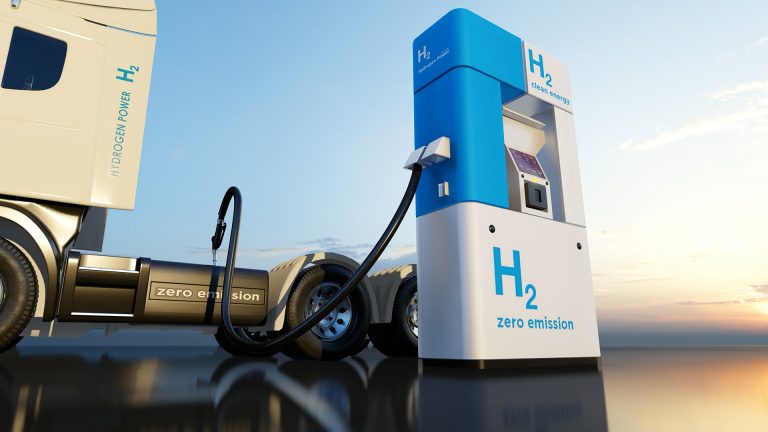Nikola Corporation secured an additional $16.3 million grant to help fund its hydrogen fueling stations. This new grant gives Nikola a total of $58.2 million to support its hydrogen infrastructure.
The California Transportation Commission (CTC) earlier awarded Nikola, through its HYLA brand, a $41.9 million grant under the Trade Corridor Enhancement Program (TCEP) to build 6 heavy-duty hydrogen refueling stations across Southern California.
Each hydrogen refueling station is designed to support and scale up the growth of heavy-duty commercial hydrogen refueling needs.
Nikola also announced a milestone of 202 sales orders for its Class 8 hydrogen fuel cell electric trucks, reflecting a growing industry trend towards sustainable solutions.
In Canada, First Hydrogen announced that the road test results of its FCEV are even better than what’s expected. Feedback from the trial is promising, asserting the viability and sustainability of hydrogen energy.
As the world is in dire need of reducing carbon emissions, innovations for alternative energy sources are ramping up. Hydrogen is one of those alternatives, particularly in providing a cleaner option for the transportation industry.
Unlike fossil fuels that release planet-warming gasses, hydrogen fuel can be 100% clean, depending on the process used to burn it. In a hydrogen fuel cell EV, hydrogen is burned with pure oxygen in specially made cells. The only by-product is water.
Projections also indicate that hydrogen fuel will play a key role in the coming decades. Experts predict that the global hydrogen market will reach about $231 billion by 2030.
Regular EVs and FCEVs share many of the same advantages and disadvantages. Moreover, hydrogen-powered vehicles often have the same range as their traditional gas-powered counterparts.
A longer-range battery EV also requires a longer charging time. In contrast, refueling a hydrogen vehicle is the same as how a driver fills up his car at a gas station.
Some vehicle manufacturers are even betting on hydrogen by developing hydrogen fuel cell vehicles like Toyota recently revealed. But of course, hydrogen refueling infrastructure remains limited and lags behind EV battery charging infrastructure.
As a global manufacturer of zero-emission battery-electric and hydrogen-electric vehicles, energy solutions, and hydrogen stations, Nikola is revolutionizing the industry.
The additional grant it recently received from CTC builds on Nikola’s partnership with Voltera to develop up to 50 HYLA hydrogen stations in North America over the next 5 years.
The previous grant of almost $42 million was sponsored by the California Department of Transportation (Caltrans). Caltrans’ support of Nikola promotes its zero emission vehicle (ZEV) adoption of freight technology across the state.
Tags: CTC, Hydrogen stations, Nokola, TCEP



Recent Posts
Babcock’s LGE Business Secures Contract for Marine Ammonia Fuel System to Advance Shipping Decarbonisation
Associated Terminals Deploys Liebherr’s All-Electric Cranes in Landmark Move Toward Cleaner Cargo Handling
Sanmar delivers fully electric emissions-free tug to major global operator Svitzer
Kolkata Dock deploys first-ever electric mobile cranes
ONGC orders two ethane carriers from Mitsui O.S.K. Lines
IndianOil to Commission India’s Largest Green Hydrogen Plant by 2027
IMI Greater Noida Signs MoU with IME (I) to Launch A New Student Chapter
GCMD Completes World’s First Pilot Demonstrating Full Carbon Value Chain from Ship-Captured CO2 in China